1. White Dress Gloves
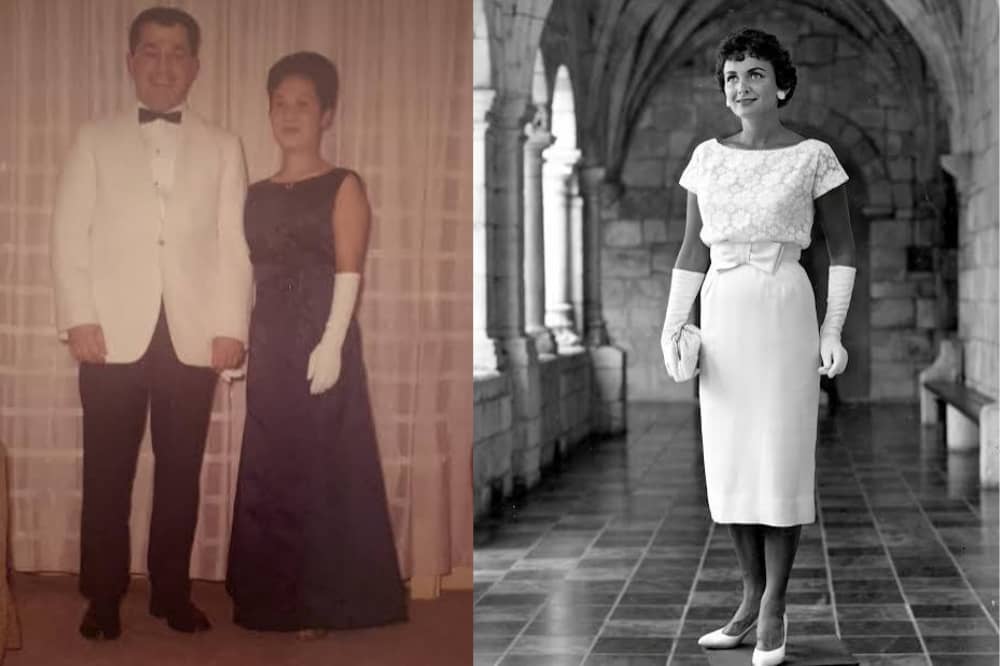
In mid-century America, certain items weren’t just fashion, they were rites of passage into womanhood. The 1960s were a time of shifting styles, but tradition still held strong for many young women. Accessories weren’t just about appearance, they carried meaning, signaling grace, maturity, and belonging to a social standard. Gloves were more than a fashion statement in the 1960s; they were a marker of refinement. A young woman wore them to church services, weddings, graduation ceremonies, and even formal luncheons, where showing bare hands might be seen as careless. White gloves, in particular, symbolized purity and polish, and girls often received their first pair as a rite of passage.
Fashion magazines regularly reminded readers that “a lady is never without gloves” when attending formal events. Many women kept multiple pairs, as they were notoriously hard to keep spotless. Whether made of cotton for everyday occasions or kid leather for grander ones, they completed an outfit in a way that suggested elegance and self-respect. To be caught without gloves in certain settings could be considered a small social misstep, reinforcing just how central they were to the wardrobe of a young woman navigating mid-century expectations.
2. Pocket Mirror
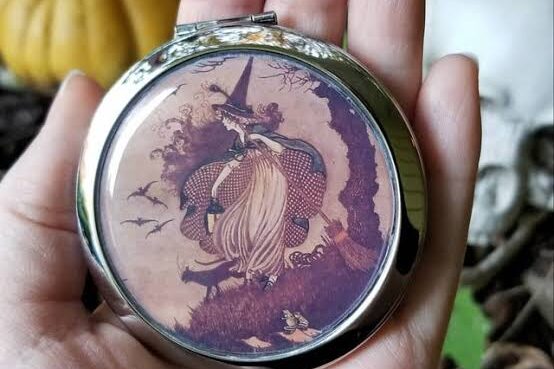
A pocket mirror was the quiet companion of nearly every purse in the 1960s. Small, foldable, and often decorated with floral or gilded designs, it gave young women a discreet way to check their lipstick or fix a stray curl without drawing attention. At a time when polished appearances mattered greatly, having a mirror handy wasn’t vanity, it was considered proper preparedness. Mothers often passed one down to their daughters, or they were given as inexpensive gifts at birthdays or confirmations. Beyond utility, the mirror had a subtle social role: it allowed girls to present themselves as poised, tidy, and aware of their image, which were all qualities admired in the era. A quick glance in the compact mirror before stepping into a dance or church pew could make the difference between confidence and self-consciousness.
3. Stockings with Garters

In the 1960s, bare legs were rarely acceptable outside the most casual settings. Girls as young as teens were expected to wear stockings, which came with the necessary garter belts to hold them in place. This wasn’t always comfortable, garters could pinch, slip, or feel restrictive, but it was part of becoming a “proper” young woman. Department stores and catalogs advertised stockings as essential, often portraying them as the finishing touch that separated girls from women. School dances, church, and dates all required them, and mothers frequently reminded their daughters to check for snags or runs before stepping out the door. While pantyhose began gaining popularity later in the decade, the garter-and-stocking combination remained a standard for much of the era. The practice underscored society’s expectation that women should appear polished and feminine at all times, even if it meant navigating the small inconveniences of daily dressing.
4. Single-Strand Pearls
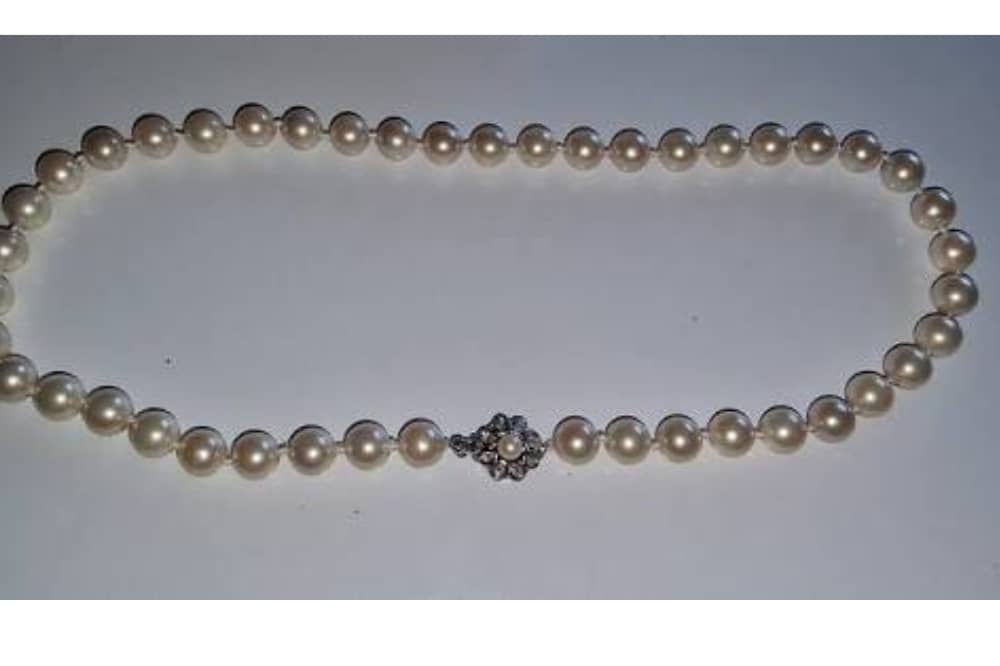
A single strand of pearls was considered a timeless necklace and an unmistakable sign of refinement. Many girls received one as a graduation gift or for their sixteenth birthday, marking their transition into adulthood. Unlike flashy jewelry, pearls carried a quiet dignity that aligned with mid-century ideals of modesty and elegance. First Lady Jackie Kennedy popularized the style even further, wearing her pearls with everything from ball gowns to simple dresses, making them a must-have accessory for aspiring young women. The necklace wasn’t just about beauty, it symbolized readiness for responsibility, whether social or personal. Even faux pearls held great meaning, often displayed in velvet boxes and treated with care. To wear a strand of pearls was to declare a sense of maturity and sophistication, bridging the gap between girlhood trinkets and grown-up accessories. They became a rite of passage piece, something expected in every young woman’s jewelry box.
5. Evening Clutch
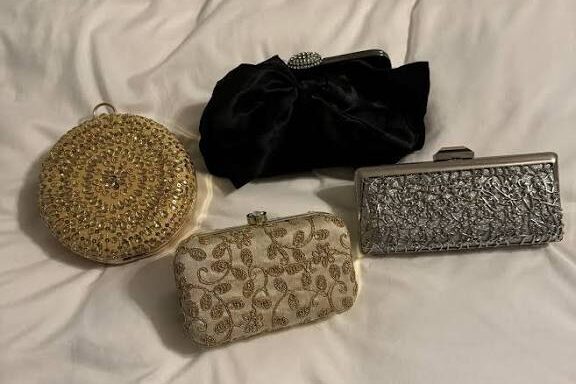
For formal outings like dances, dinners, or weddings, a young woman would never carry her everyday purse. Instead, she was expected to have a sleek evening clutch, small enough to be elegant but big enough to hold essentials like a lipstick, mirror, and handkerchief. Often crafted from satin, beaded fabric, or metallic finishes, clutches added instant polish to an outfit. They were symbols of preparedness too, suggesting that a lady could move gracefully from casual to formal settings. Many girls first used clutches at high school proms or debutante balls, and for some, they became treasured keepsakes tied to big milestones. Unlike larger handbags that spoke of practicality, the clutch was about appearances and poise. Carrying one tucked under the arm or dangling from a delicate chain was as much about posture as function, signaling that a young woman understood the unspoken rules of fashion and social events in her time.
6. Charm Bracelet
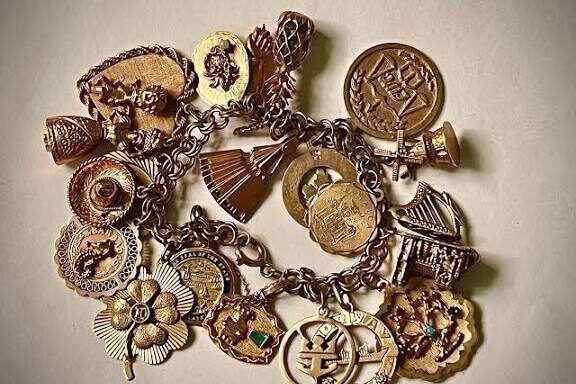
Charm bracelets were deeply personal accessories in the 1960s, each tiny pendant telling a piece of a young woman’s story. Whether gifted by family members or collected during travels, charms marked milestones like birthdays, graduations, or vacations. A small silver suitcase charm could hint at a summer trip, while a heart-shaped locket might symbolize a sweetheart. For many girls, adding to a charm bracelet became an ongoing tradition, with each piece reflecting a chapter of growing up. Beyond their sentimental value, these bracelets were also fashionable, jingling softly with movement and sparking conversations among friends. They provided a way for young women to showcase their individuality within the otherwise uniform expectations of ladylike dress. Unlike pearls or gloves, which symbolized conformity, a charm bracelet offered room for creativity and self-expression, all while still fitting neatly into the standards of femininity of the day.
7. Matching Hairbrush and Comb Set
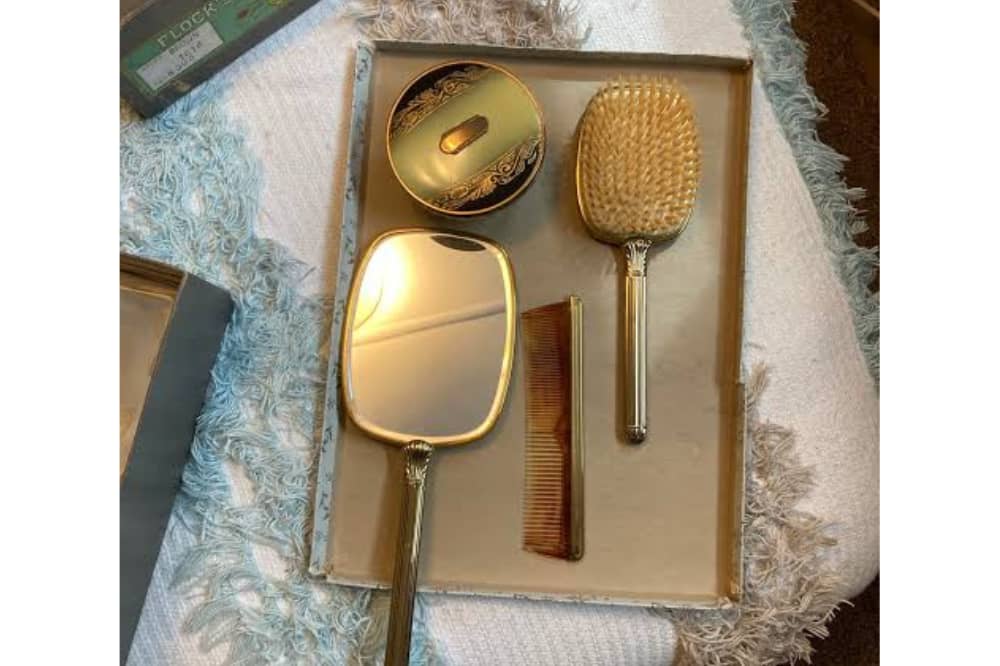
A matching hairbrush and comb set, often nestled in a satin-lined case, was more than a grooming tool, it was a coming-of-age gift. Mothers or grandmothers frequently presented these sets to daughters around their teenage years, symbolizing the importance of self-care and appearance. The sets often featured decorative handles made of silver, enamel, or patterned plastic, making them feel luxurious even if they were used daily. They were proudly displayed on bedroom vanities or carried along during overnight stays. For young women, the ritual of brushing one’s hair with a “proper” set wasn’t just about tidiness; it was tied to the idea of presenting oneself gracefully to the world. These sets also carried the weight of tradition, echoing the generations before them, when grooming tools were considered heirlooms. To own a coordinated brush-and-comb set was to step into womanhood with both elegance and a sense of belonging.
8. Lace-Trimmed Handkerchief
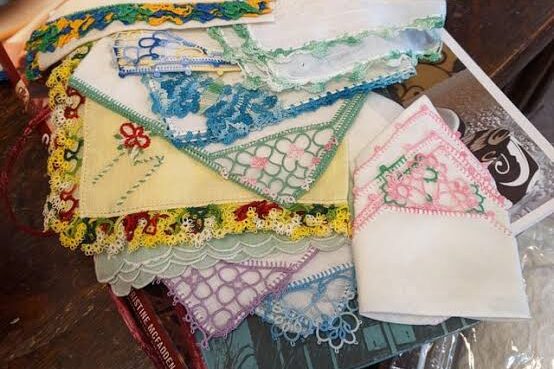
In an era when tissues weren’t yet the norm for social use, a lace-trimmed handkerchief was an indispensable accessory. These delicate squares, often embroidered or edged with lace, were tucked into purses, slipped into sleeves, or even held in gloved hands. They weren’t simply practical for wiping away a tear or dabbing lipstick, they were symbols of refinement. Handkerchiefs were sometimes monogrammed with initials, making them a personal statement as well. Mothers taught daughters the etiquette of offering one politely, whether to a friend in distress or as a gesture of care. They were also treasured keepsakes, often gifted during milestones like confirmations or weddings. Though small, the handkerchief carried significant meaning: it showed that a young woman was thoughtful, prepared, and mindful of social graces. In many ways, it was a little square of fabric that spoke volumes about character and upbringing.
9. Powder Compact
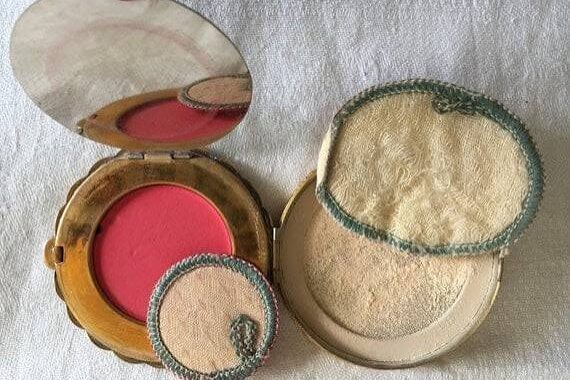
No purse in the 1960s was complete without a powder compact, even for teenage girls. These small cases, often with mirrors inside, held pressed face powder for quick touch-ups throughout the day. Designs ranged from sleek gold-toned metal to ornate, jewel-encrusted lids, making them as much fashion statements as practical tools. Pulling out a compact in public became almost ritualized, a quick dusting of the nose or forehead to maintain a polished look. But beyond its cosmetic use, the compact signaled that a young woman understood the importance of presentation in social life. It was often one of the first beauty tools gifted to a girl, marking her entry into more adult grooming habits. Some compacts were even engraved or decorated, turning them into sentimental keepsakes. To carry a powder compact was to carry confidence, elegance, and a reminder of the expectations tied to feminine appearance in the mid-century era.
10. Silk Scarf
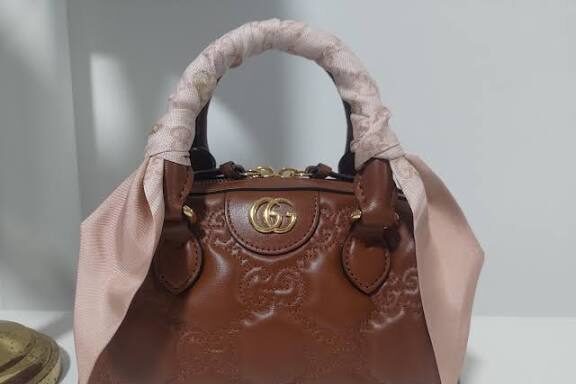
The silk scarf was a versatile accessory that allowed young women to add flair to even the simplest outfit. In the 1960s, scarves were tied around the neck in chic knots, draped over the head like movie stars, or knotted onto a handbag for a touch of color. They were available in endless patterns, bold florals, geometric designs, or soft pastels, making them a favorite gift item. Inspired by fashion icons like Audrey Hepburn and Grace Kelly, girls quickly learned how a single scarf could transform a look from plain to polished. Scarves also had practical uses: shielding carefully styled hair from wind or rain, or covering the head for church. Owning a small collection of silk scarves gave a young woman options to express her personality while still fitting neatly into mid-century expectations of style. More than just fabric, a scarf was a tool for creativity and elegance, treasured for both its beauty and adaptability.
11. Hat for Church or Social Events
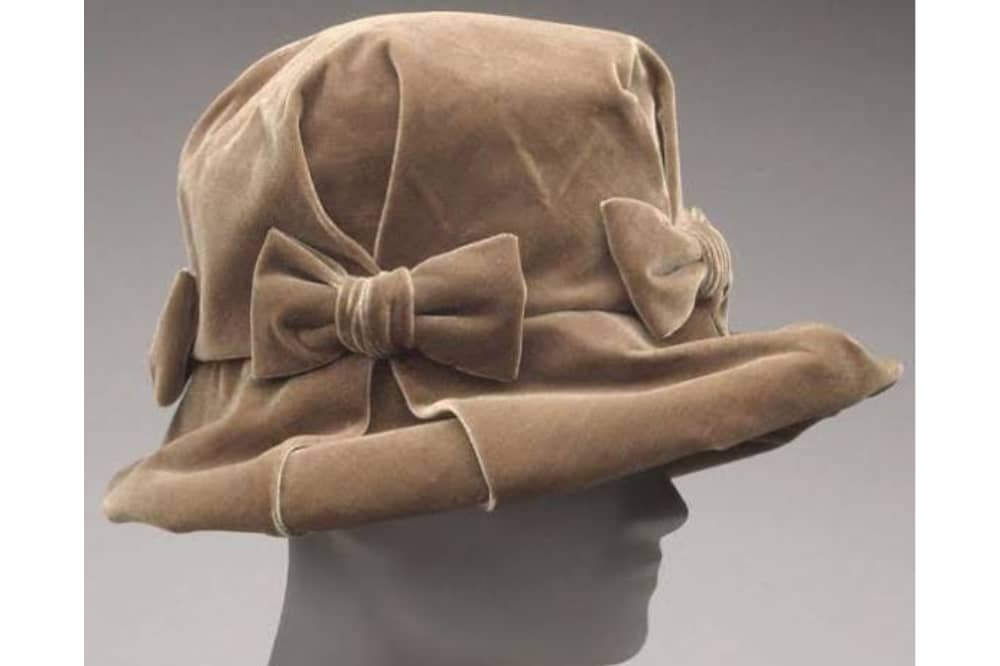
A proper hat was a non-negotiable accessory for young women in the 1960s, especially when attending church or formal gatherings. Sundays often meant putting on one’s best dress paired with a neatly coordinated hat, whether it was a pillbox, wide-brimmed, or flower-trimmed style. Hats symbolized respectability, modesty, and polish, echoing traditions passed down from earlier generations. Fashion icons such as Jacqueline Kennedy made certain styles especially popular, and department stores carried an endless variety to match seasonal wardrobes. For many young women, their first hat was a carefully chosen gift, often saved for milestones like Easter Sunday or a special family wedding. The ritual of wearing a hat was not only about fashion but also about belonging, showing that a young woman understood the unspoken rules of grace and decorum in her community.
12. Proper Rain Bonnet
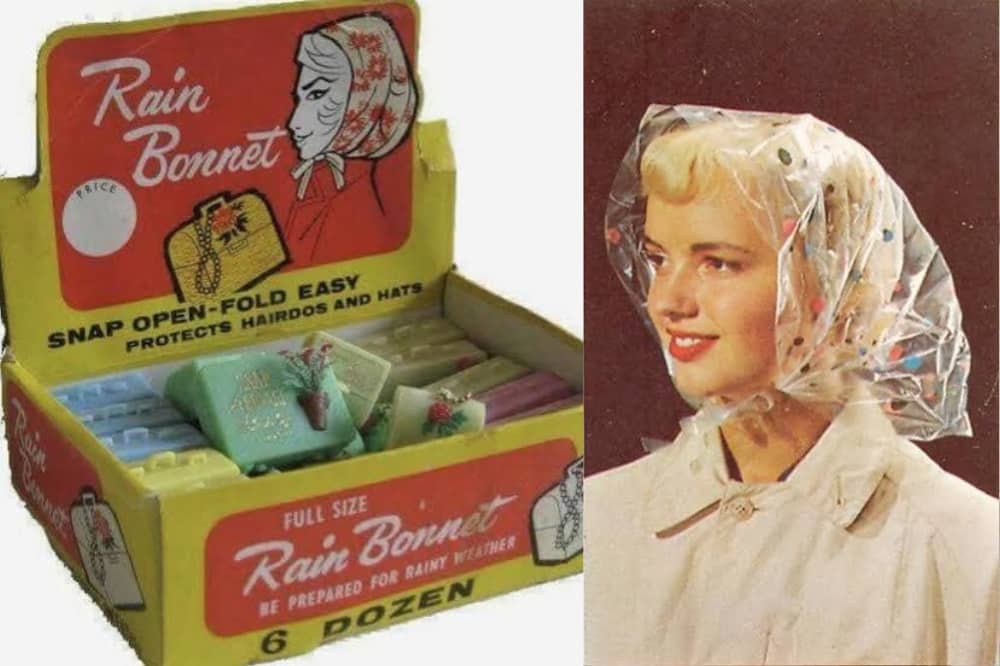
Hairstyles in the 1960s required serious upkeep, with teasing, setting, and hairspray holding everything in place. To protect those carefully styled bouffants or flips, a rain bonnet was a must. These bonnets, often made of clear plastic or patterned with small flowers, folded neatly into a purse and unfolded into a protective hood at the first sign of rain. While not glamorous, they were considered essential, no young woman wanted hours of hair preparation ruined by a sudden shower. Mothers often reminded their daughters to “always keep a rain bonnet in your bag,” and many did just that. Pulling one out wasn’t just about practicality; it reflected foresight and self-care, traits admired in young women of the time. The rain bonnet might not have carried the elegance of pearls or gloves, but it symbolized something equally important: readiness for life’s little surprises.
13. Manicure Kit
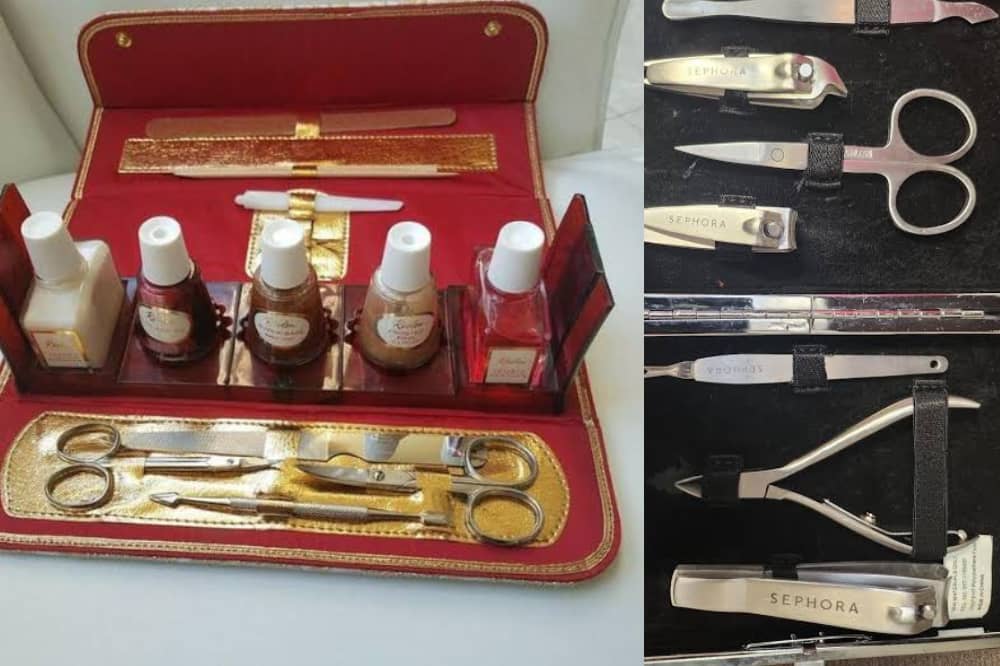
In the 1960s, good grooming extended well beyond hair and clothing, and neat nails were seen as a mark of femininity. A small manicure kit, usually stored in a zippered or clasped case, was a staple accessory for young women. These kits held tiny scissors, a nail file, cuticle tools, and sometimes polish, ensuring that even while traveling or at school, a girl could keep her nails tidy. Mothers often stressed the importance of clean, well-kept hands, believing they reflected character and discipline. Many young women received these kits as gifts, tucked into stockings at Christmas or presented during birthdays. The kit wasn’t just practical, it encouraged routines of self-care and personal pride. Carrying one in a purse suggested attentiveness to detail, reinforcing the idea that being a “lady” meant being prepared in every aspect of appearance.
14. Scented Sachet
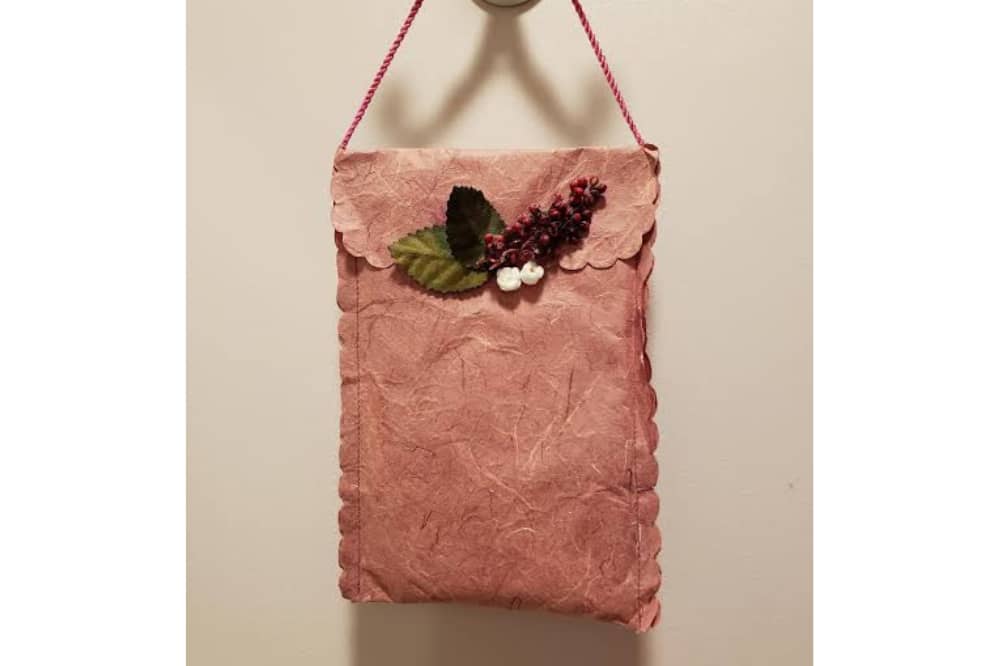
A scented sachet might seem small, but in the 1960s, it carried big significance in a young woman’s life. These fabric pouches, filled with lavender, rose petals, or powdery perfumes, were slipped into dresser drawers, handbags, or even luggage to keep belongings smelling fresh. They were often homemade or bought as thoughtful gifts, and they were associated with femininity, grace, and a sense of delicacy. For teenage girls, sachets were sometimes included in “hope chests” alongside linens and keepsakes meant to prepare them for future homemaking. Carrying a sachet wasn’t just about fragrance, it was a quiet reminder that a woman’s presence should be pleasant and polished in every detail. Even today, women who recall their mothers or grandmothers’ drawers lined with sachets describe the fragrance as a comforting memory of youth and tradition.
15. Compact Sewing Kit
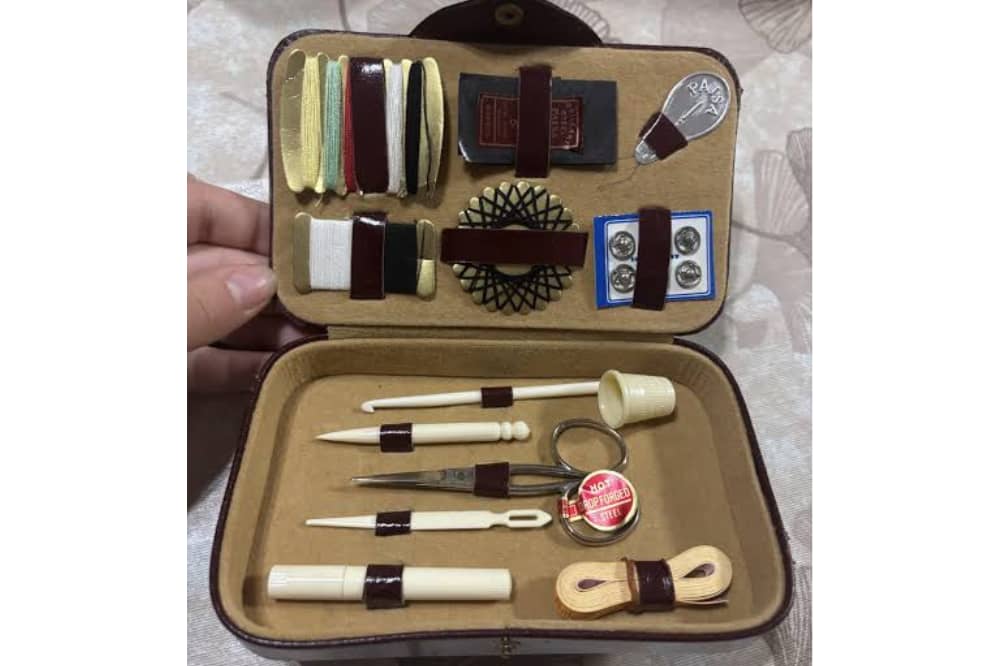
No respectable purse in the 1960s was without a compact sewing kit. These tiny cases, often no bigger than a wallet, contained needles, thread in several colors, small scissors, and buttons for emergencies. A young woman was expected to be prepared for any mishap, a popped button at school, a loose hem before church, or a friend’s dress snag before a dance. Carrying a sewing kit reinforced the idea of responsibility and resourcefulness, qualities closely tied to mid-century ideals of womanhood. Many sewing kits were decorative as well, made in bright cases or given as gifts to young girls as part of their growing independence. Beyond practicality, they symbolized readiness for life’s unexpected turns and underscored the belief that a well-prepared woman could manage both her appearance and her surroundings with quiet competence.
16. Initialed Stationery
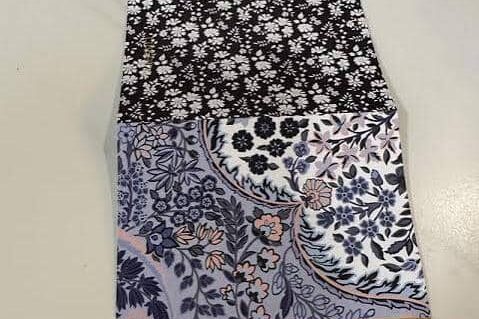
In the 1960s, handwritten notes were still the gold standard for social correspondence, and initialed stationery was a young woman’s mark of refinement. Monogrammed paper cards or note cards, often paired with matching envelopes, signaled that she took etiquette seriously. Thank-you notes for gifts, letters to relatives, or even friendly updates were all expected to be written neatly by hand. Many girls received their first set of stationery as a milestone gift, teaching them the importance of gratitude and proper communication. Stationery wasn’t just about writing, it was about showing thoughtfulness, polish, and social awareness. To pull out paper with one’s initials embossed in script felt grown-up, reinforcing the idea that small gestures could carry lasting impressions.
17. Monogrammed Hand Towel or Linen Set

Many young women in the 1960s were introduced early to the tradition of preparing a “hope chest,” a collection of linens, towels, and household items saved for their future homes. Monogrammed hand towels or linen sets were among the most cherished items in these chests. Decorated with initials, embroidery, or lace trims, these linens represented both practicality and personal pride. They reflected a belief that homemaking skills and readiness for family life were essential milestones in a woman’s journey. While the practice may feel old-fashioned today, at the time it was a rite of passage, linking a girl’s identity to the future role she was expected to play. Receiving such linens wasn’t just about housekeeping, it was a symbolic preparation for adulthood and the responsibilities that came with it.
18. Small Bible or Prayer Book
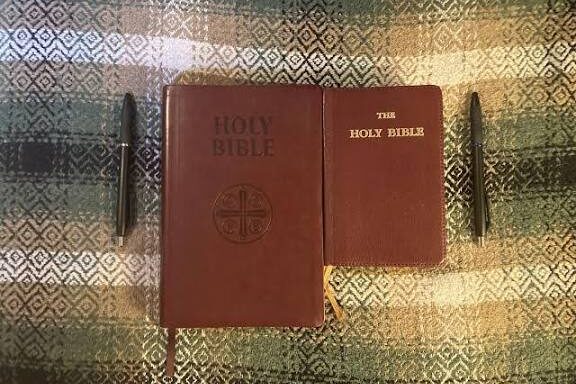
For many families, faith was central to daily life in the 1960s, and a small Bible or prayer book was considered an essential accessory for a young woman. Carried in a purse or kept on a nightstand, these books were both personal guides and public symbols of grace and values. Many girls received their first Bible at confirmation, graduation, or a special birthday, often inscribed with their names and dates to mark the occasion. Beyond religious practice, the act of carrying such a book reflected the moral expectations placed upon young women at the time. It was seen as a reminder of character, humility, and devotion, qualities closely tied to the broader ideals of femininity and respectability. More than just an accessory, it represented the cultural and spiritual grounding that shaped much of mid-century womanhood.
19. Cat Eye Sunglasses
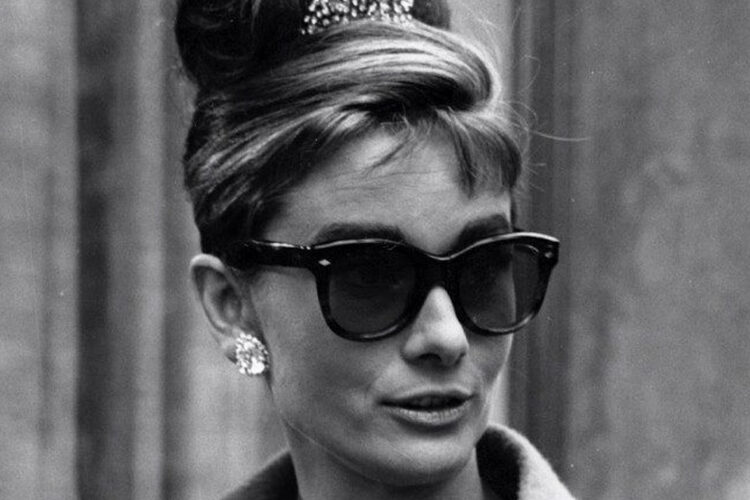
By the 1960s, accessories had moved from simple traditions to playful expressions of personality, and cat eye sunglasses stood out as the ultimate symbol of style. Popularized by movie stars, these upswept frames gave young women a way to carry glamour into their everyday lives. Worn with scarves tied neatly under the chin or perched over carefully styled hair, the look captured the confidence of the era. Girls who owned a pair instantly felt modern, fashionable, and part of a bigger cultural conversation. More than just sun protection, these sunglasses marked individuality and charm, helping young women shape identities in a world where appearances still defined how they were seen.
20. Decorative Brooch or Pin
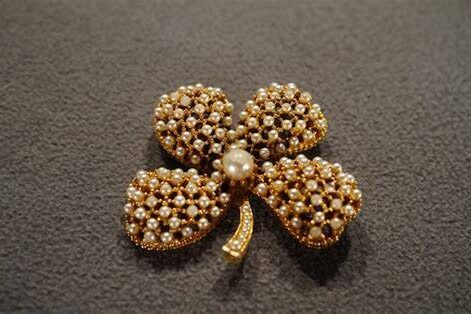
Brooches carried quiet importance in the 1960s, often pinned to coats, sweaters, or dresses as finishing touches that showed both tradition and taste. A small floral enamel pin, a golden leaf, or a jeweled design could take a plain outfit and give it personality. For many young women, brooches came as gifts from mothers or grandmothers, linking them to family heritage while teaching the value of detail. Wearing one wasn’t flashy, but it spoke of refinement and the sense of knowing how to carry oneself gracefully. Brooches reminded girls that accessories didn’t always need to be large statements. Sometimes the smallest piece could express who they were, quietly but firmly, in a way words never needed to.
21. Coin Purse
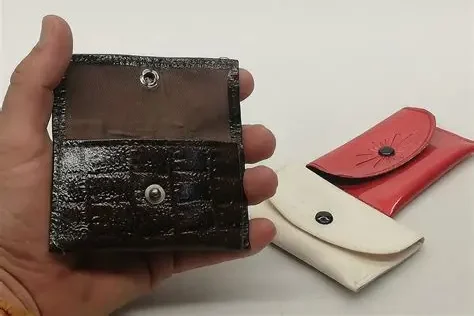
Small in size but big in meaning, the coin purse was an everyday essential for young women in the 1960s. Crafted in cheerful colors, shiny vinyl, or simple leather, it clicked shut with a snap and carried the loose change needed for bus fare, phone calls, or allowances. It rested inside handbags, ready whenever responsibility called, reminding young women of independence in small but powerful ways. Owning one showed orderliness, since coins scattered loosely in a bag were considered careless. A coin purse wasn’t glamorous, but it symbolized readiness. It held more than coins, it held proof of learning responsibility, reminding girls that maturity often revealed itself in the smallest and simplest habits.
22. Corsage Keepsake Box
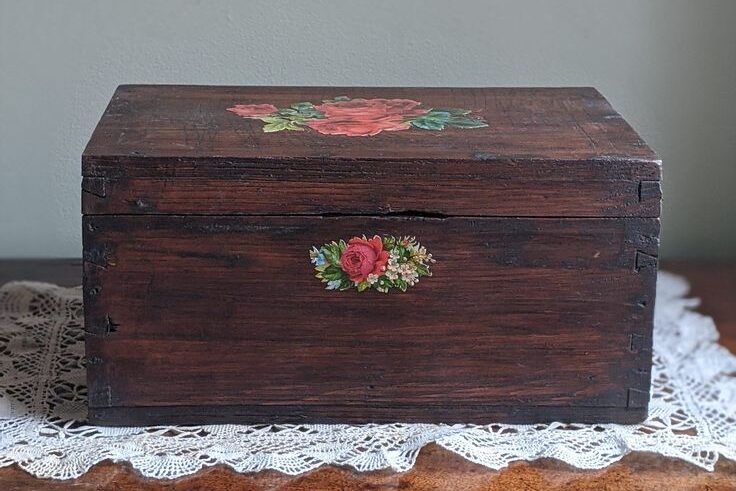
Memories mattered deeply to young women in the 1960s, and corsage keepsake boxes reflected this tender sentiment. School dances, proms, and special dates often ended with flowers gifted by sweethearts, and rather than discarding them, many girls carefully dried the petals and tied the ribbons, placing them inside little decorated boxes. These small chests weren’t just for flowers, they also guarded notes, programs, or souvenirs that held meaning. For many, the box became a private scrapbook of youth, filled with dreams and reminders of fleeting moments. A corsage keepsake box symbolized how young women were taught to treasure milestones, carrying forward memories in delicate forms that lasted far beyond the single night of celebration.
23. Compact Address Book
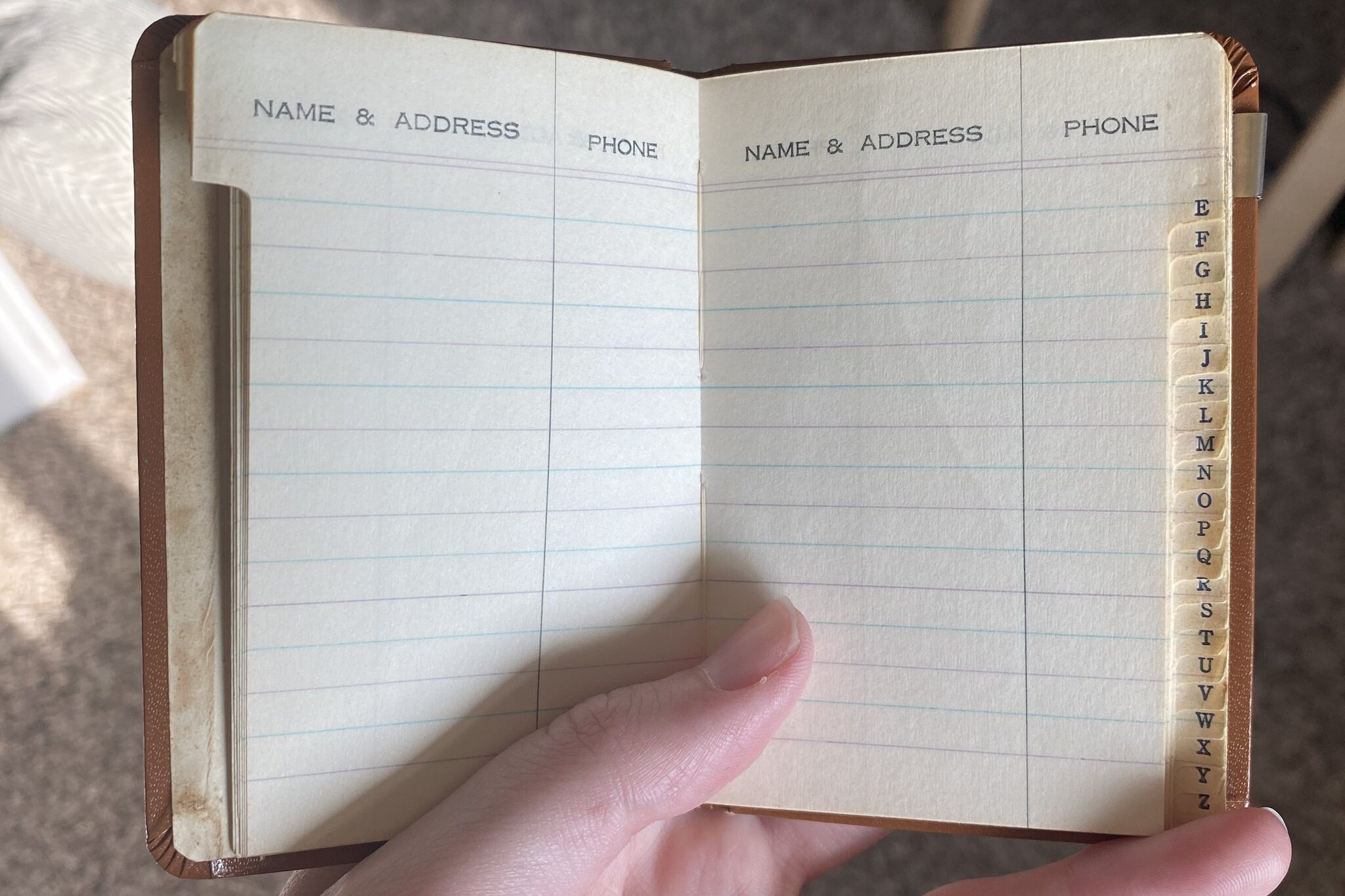
Long before smartphones, compact address books were the lifelines of social life. Covered in leather, floral designs, or cheerful patterns, they stored names, numbers, and birthdays carefully written in neat cursive. Girls filled them with care, often practicing organization and responsibility while also showing commitment to relationships. Having one meant maturity, as it proved that friendships and connections were not left to chance but were cherished and remembered. The little book often became a diary of sorts, marked by doodles or underlined names tied to romances or close companions. Beyond utility, it represented independence and belonging, showing that a young woman’s world stretched beyond her home and into her growing circle of friends.
24. Bouffant Hair Net
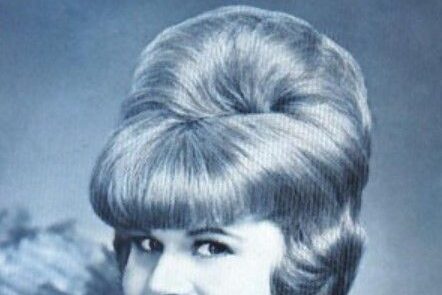
The 1960s hairstyle was no small feat, with bouffants teased, sprayed, and set into perfect shapes that took hours to prepare. To protect them, young women relied on bouffant hair nets, worn at night to preserve every curl and lift. Though rarely seen outside the bedroom, they were essential for maintaining style. Girls slipped them on before bed, knowing the net would guard against tangles or flattening. It wasn’t glamorous, but it reflected care, pride, and the discipline of upkeep. A hair net symbolized the unseen work behind elegance, reminding young women that polished appearances came not just from effort in public but also from habits practiced quietly in private.
25. Embroidered Apron
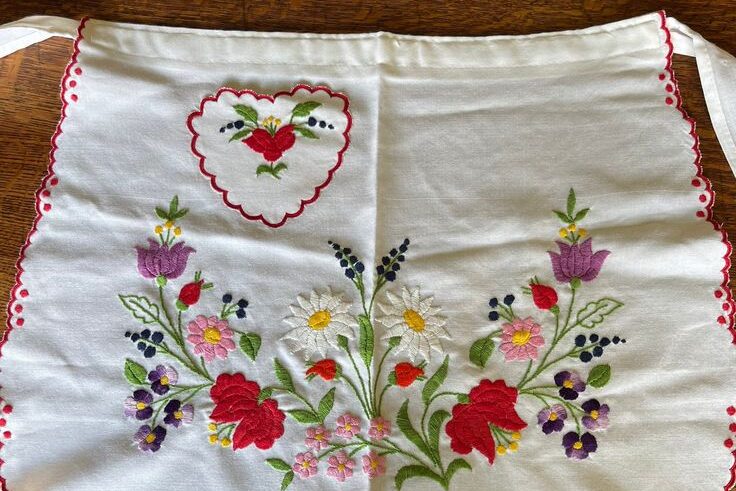
Cooking and homemaking skills were still emphasized for girls in the 1960s, and an embroidered apron was one accessory that carried both tradition and creativity. Many were made in home economics classes, stitched with flowers, initials, or cheerful patterns that showed personal flair. Wearing one while preparing meals wasn’t only practical for keeping clothes tidy, it symbolized readiness for womanhood and domestic responsibility. Mothers and teachers encouraged girls to wear their aprons proudly, seeing them as tools of both skill and refinement. An apron wasn’t about fashion, but it spoke volumes about the roles expected of young women, blending artistry with the everyday duties that society viewed as essential to adulthood.
26. Matching Pajama Set
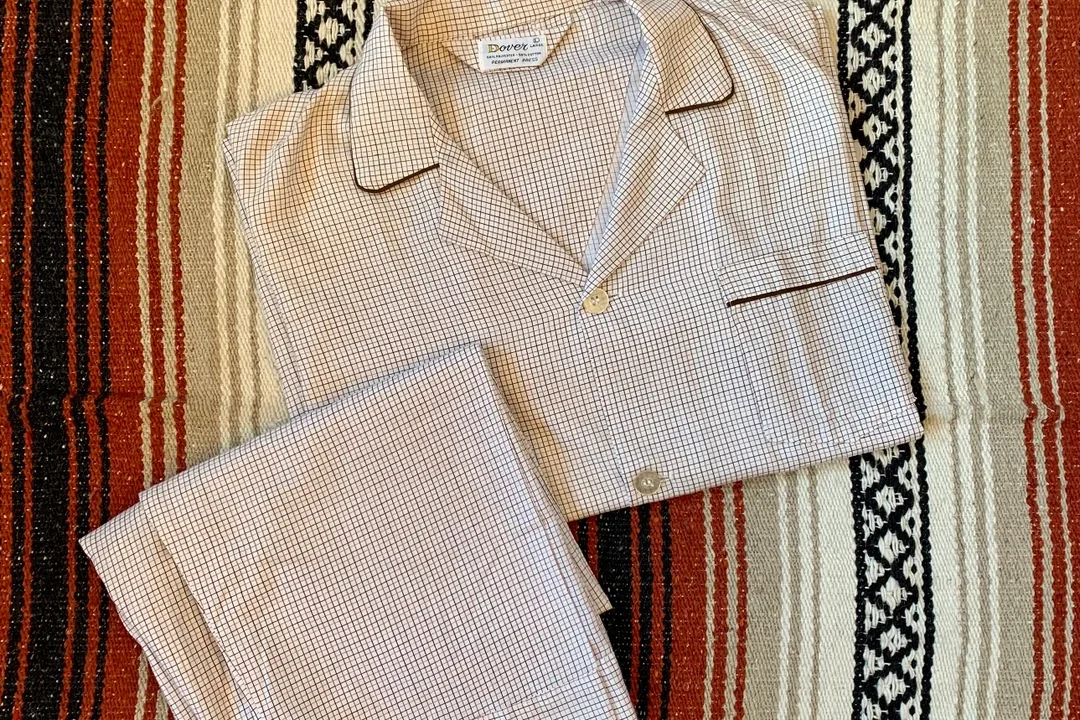
Neatness didn’t stop when the day ended, and in the 1960s, matching pajama sets were considered signs of refinement even at bedtime. Whether flannel for winter nights or satin for special gifts, the sets reflected care for appearance behind closed doors. Girls often received them as birthday or holiday presents, and many sets carried embroidered initials or decorative trims. Owning one meant that polish extended into private life, where order and self-discipline were just as important. Pajamas were about more than sleep, they carried the unspoken message that grace was expected in every moment, whether a young woman was seen by others or simply preparing to dream.
27. Statement Belt
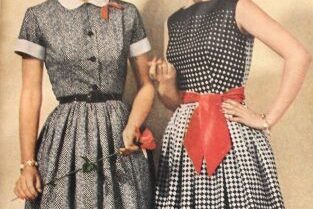
Belts were accessories that shaped the entire look of the 1960s. Wide shiny belts, slim colorful ones, or those with striking buckles cinched waists, creating the admired hourglass figure of the time. Dresses, skirts, and coats all found new life with the right belt, turning simple outfits into statements of confidence. A girl might collect several, each one chosen to match her moods and style. Owning belts wasn’t only about keeping clothes in place, it was about self-expression within accepted fashion rules. Belts gave young women control over their silhouettes, teaching them how even small adjustments could completely transform how they presented themselves.
28. Petticoat or Crinoline
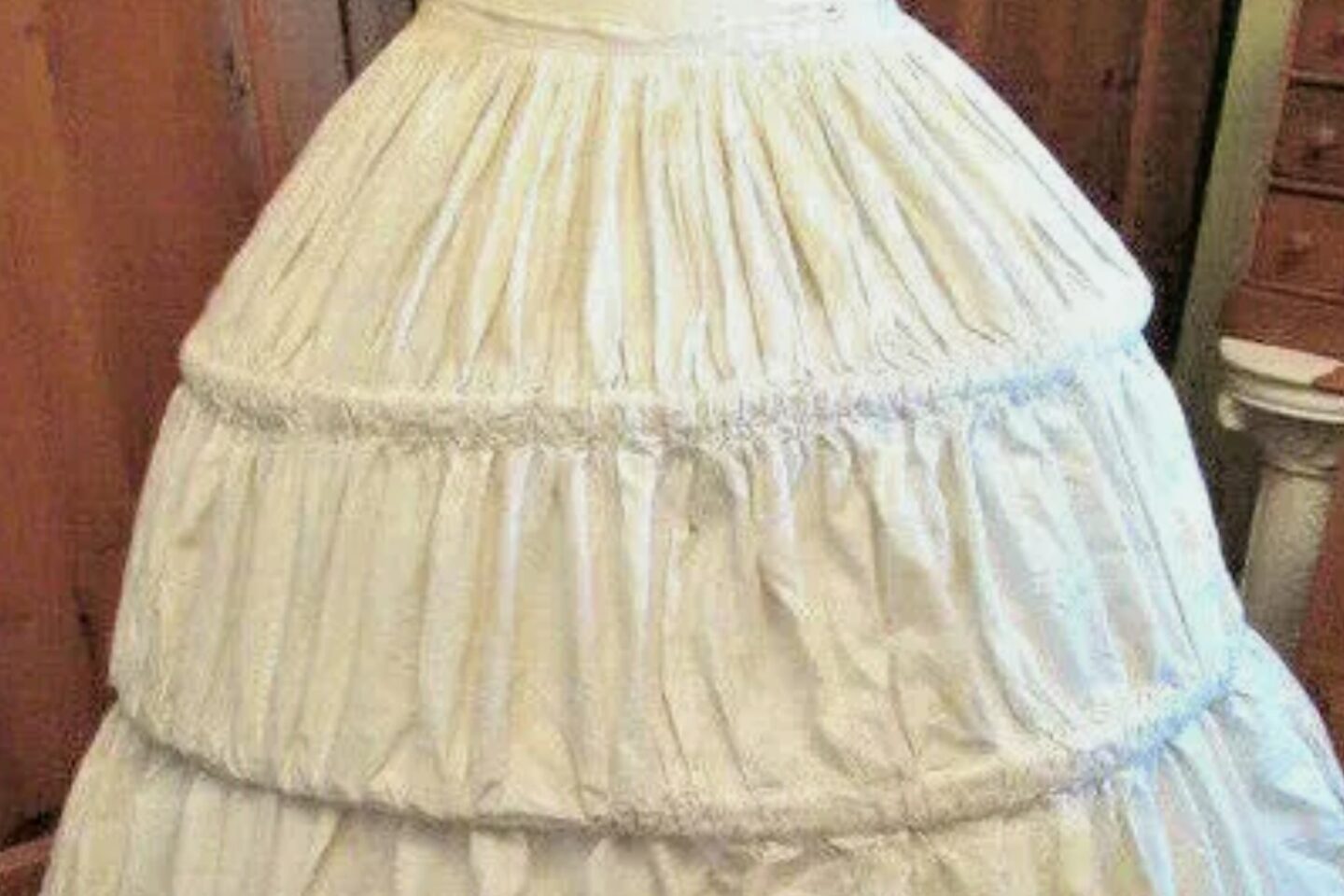
Skirts in the early 1960s often required volume, and petticoats or crinolines provided the structure to achieve it. Made from layers of stiff fabric or frothy tulle, they pushed dresses into full shapes admired for their polish. Wearing one wasn’t always comfortable, yet it was expected for Sunday services, school dances, or formal outings. A girl without a petticoat risked looking unfinished. They symbolized more than fashion, they reflected society’s belief that appearance required effort, even at the cost of comfort. For many young women, learning to wear these undergarments was part of stepping into the social stage, where presentation was always closely observed.
29. Decorative Hat Pins
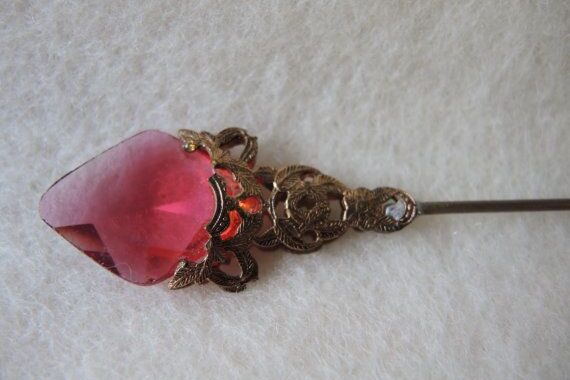
Hats still mattered in the 1960s for church, weddings, and formal occasions, and decorative hat pins held them securely in place. These pins ranged from simple pearls to ornate floral metalwork, often passed down as heirlooms from mothers or grandmothers. Owning a set tied a girl to tradition, linking her fashion to generations before. They weren’t just functional, they also added subtle elegance, turning a hat into something personal. Hat pins carried sentimental weight, marking continuity at a time when roles and fashion were shifting. For many young women, they were reminders that even small accessories could carry the legacy of refinement.
30. Embossed Diary or Journal
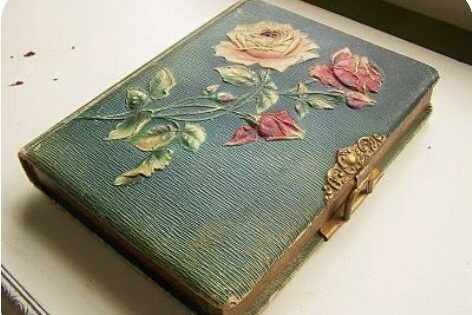
A diary or journal was a girl’s secret confidant in the 1960s. Often embossed with initials, floral designs, or trimmed edges, some even came with tiny locks to protect privacy. Within its pages, dreams, disappointments, friendships, and hopes were poured out freely. Writing wasn’t just a pastime; it was a ritual of self-reflection and growth. Diaries encouraged young women to explore inner thoughts away from societal expectations, creating spaces where authenticity thrived. More than a hobby, a journal symbolized discipline, privacy, and individuality. In an era so focused on appearances, it reminded girls that what mattered most was the story they told themselves.
Men’s Accessories in the 1960s
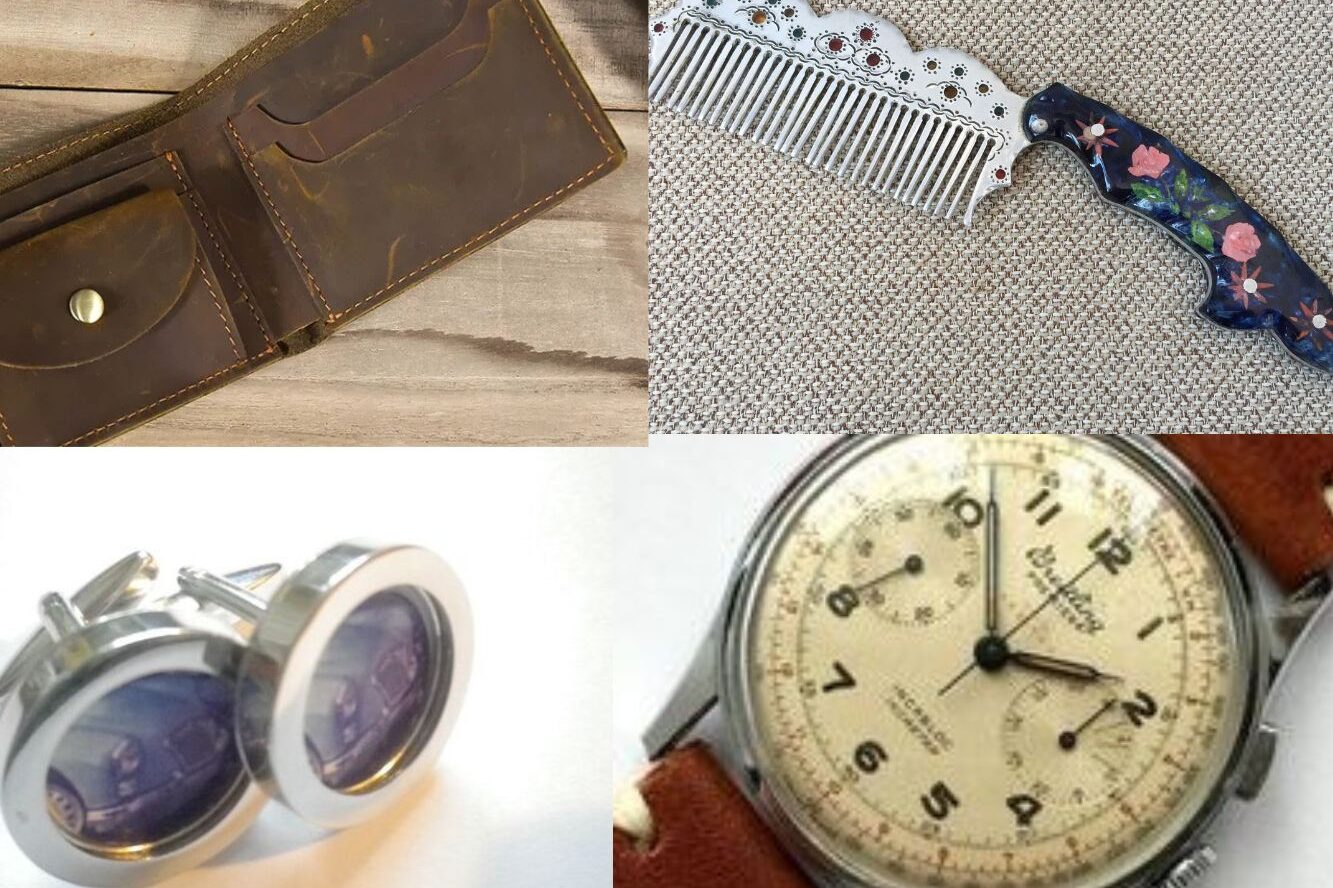
1. Pocket Comb
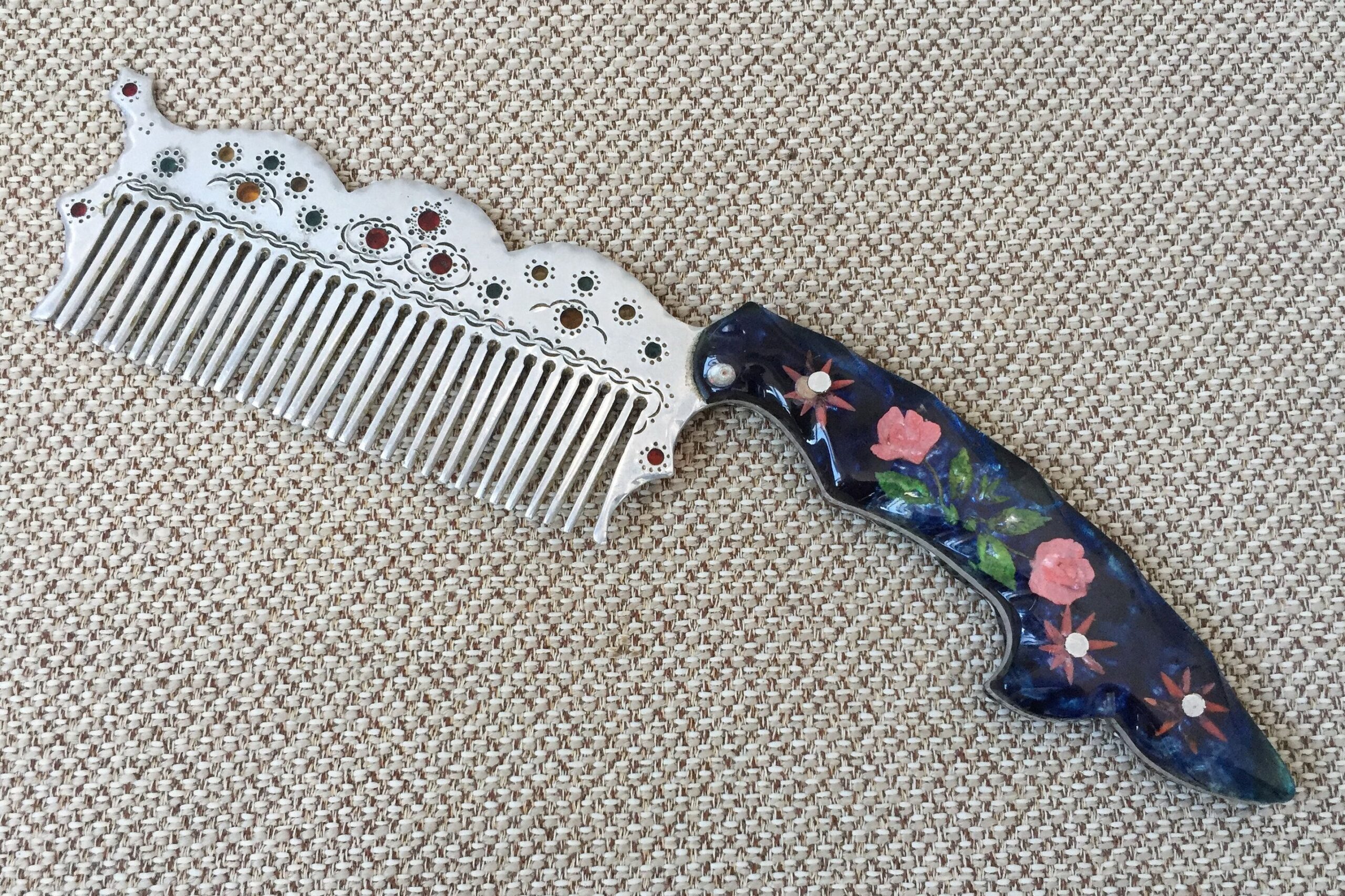
For young men in the 1960s, a pocket comb was almost a signature. Hairstyles like slick backs, pompadours, and side parts required attention throughout the day, and a comb in the pocket meant no strand went astray. Boys often carried them tucked neatly into back pockets or jackets, pulling them out confidently before classes or dates. Owning a comb showed care, discipline, and respect for appearance, qualities admired in that time. Without one, a boy might seem careless or unfinished. It wasn’t vanity, it was preparation, proof that even small habits reflected maturity and pride as he stepped into adulthood.
2. Leather Wallet
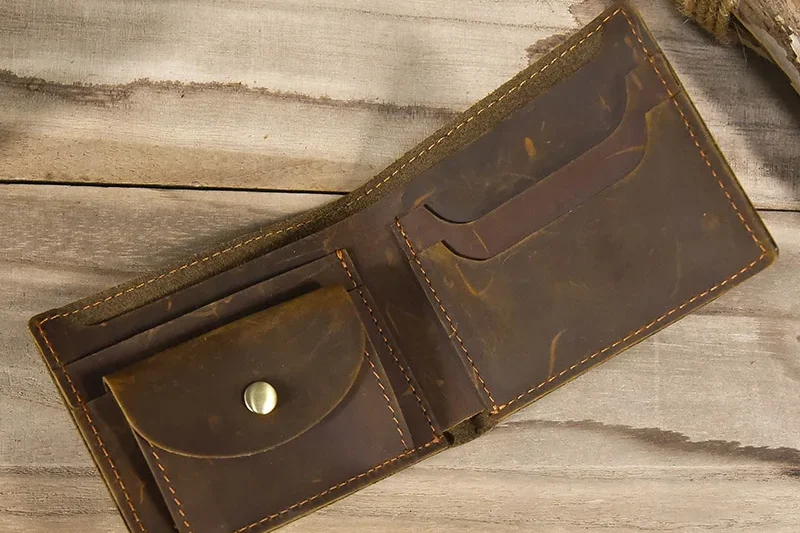
A leather wallet carried deeper meaning than its practical use for young men in the 1960s. Often gifted by fathers or older relatives, it represented independence, trust, and responsibility. Slipped into pockets, it held cash, identification, and sometimes small notes or keepsakes. Over time, its leather softened, worn smooth through daily use, becoming almost a personal artifact of growing up. Owning one wasn’t just about money, it signaled maturity, showing that a boy was capable of handling responsibility. Carrying a wallet marked the quiet step from youth into manhood, where the weight of independence rested as much in small habits as in big decisions.
3. Wristwatch
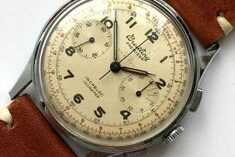
The wristwatch was an essential marker of maturity for men in the 1960s. It wasn’t just about telling time, it was about discipline, order, and respect for punctuality. Brands like Timex or Bulova were commonly gifted at birthdays, graduations, or milestones, symbolizing trust in a young man’s ability to manage his responsibilities. Wearing a watch wasn’t vanity, it was expectation and not having one could suggest carelessness. For many, it was their first piece of serious jewelry, worn daily with pride. A wristwatch reminded boys that time mattered, not only in schedules but in the way they carried themselves in life.
4. Cufflinks
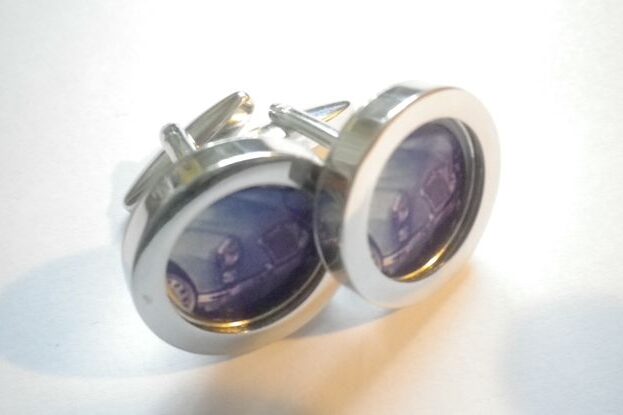
Though saved for special occasions, cufflinks held weight in a young man’s wardrobe. Weddings, graduations, or formal dances often marked the first time they were worn, usually gifted by family members to celebrate milestones. Designs were often simple, silver ovals or engraved initials, but they carried significance beyond size. Wearing cufflinks meant stepping into adulthood’s formality, where details mattered as much as the bigger picture. They weren’t everyday accessories, but when used, they reflected readiness, refinement, and care for presentation. Cufflinks showed that a boy was growing into the man expected by his community, polished enough to stand confidently in formal spaces.
5. Handkerchief or Pocket Square
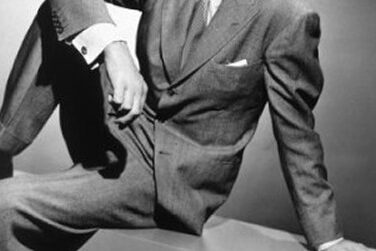
For young men, a handkerchief was a pocket companion that carried both practicality and etiquette. Folded neatly inside a pocket, it was ready to wipe away sweat, tears, or small accidents, reminding boys of preparedness. When displayed as a pocket square, it added a touch of elegance to suits and jackets, subtly completing an outfit. Carrying one also reflected courtesy, since offering it to someone in need was seen as gentlemanly. A handkerchief wasn’t about extravagance, it was about care and thoughtfulness. It symbolized the expectation that men be ready for both life’s needs and social graces, proving maturity through small gestures.
6. Tie Clip or Tie Bar
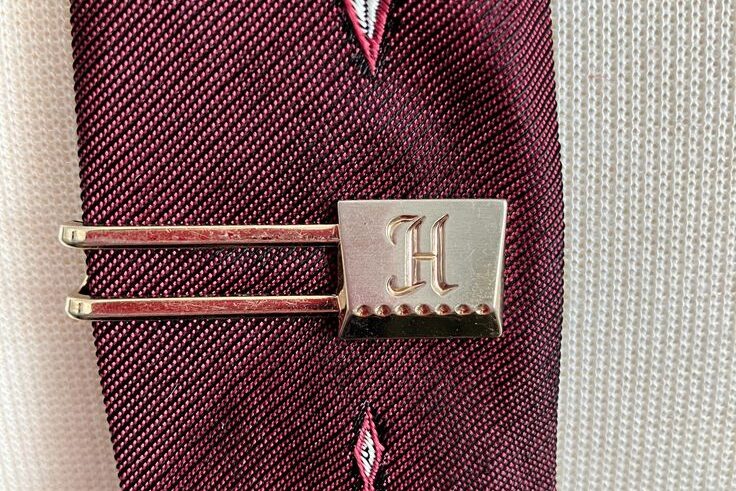
A tie clip or tie bar might seem like a small accessory, but in the 1960s it was a mark of refinement. Keeping ties neat and centered, it reflected tidiness, discipline, and order. Often given with a first real tie or suit, it symbolized stepping into the adult world of work, interviews, and formal gatherings. Wearing one wasn’t about decoration, it was about showing respect for details. Young men who clipped their ties appeared confident, responsible, and composed. The tie clip taught that maturity lay in caring about the little things, proving that presentation mattered as much as personality in society.
Accessories in the 1960s were far more than decorative extras, they were lessons in tradition, responsibility, and identity. From gloves and pearls to sewing kits and sachets, each item carried meaning, teaching young women and men how to present themselves to the world and what was expected of them. While many of these customs may feel nostalgic or even quaint today, they remain fascinating glimpses into a time when growing up came with a set of shared symbols and rituals.
This story 30 Accessories Every Young Woman Was Expected to Own in the 1960s, Plus 6 Essentials for Young Men was first published on Daily FETCH


